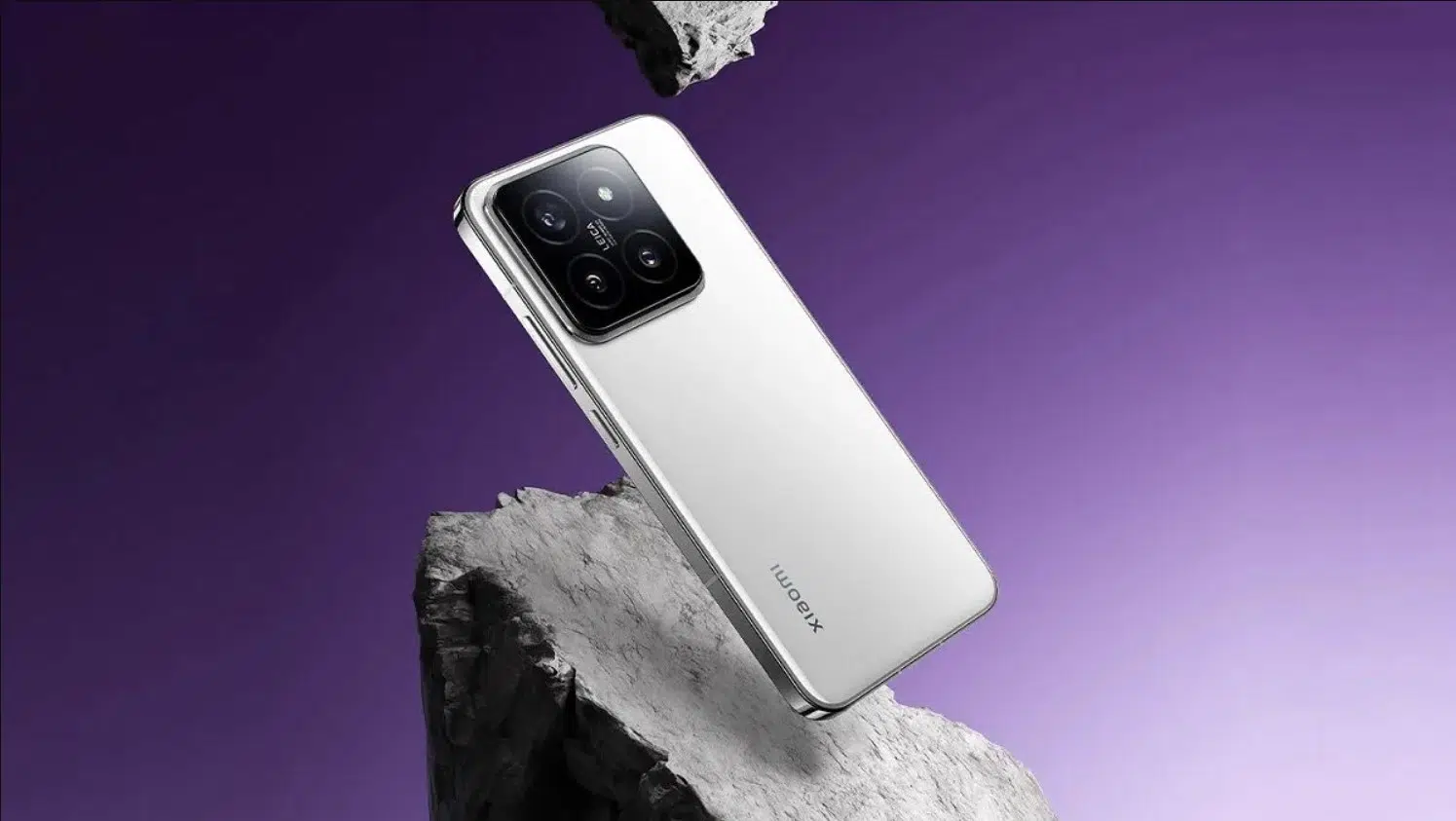The mobile technology landscape is ever-evolving, with each new generation of System-on-Chip (SoC) bringing advancements in performance and efficiency. The recent unveiling of the Snapdragon 8 Gen 3 has created a buzz in the tech community, boasting impressive improvements over its predecessor, the Snapdragon 8 Gen 2. However, as with any technological leap, there are nuances to consider, particularly regarding power consumption and efficiency.
The Golden Reviewer’s Take
The Golden Reviewer, a reputable source in the tech community, recently conducted comprehensive tests on the Snapdragon 8 Gen 3, specifically focusing on the Adreno 750 GPU performance and power consumption. The results painted a picture of exceptional performance but raised concerns about increased power consumption and reduced efficiency compared to its predecessor.
According to the tests, the Snapdragon 8 Gen 3 showcased a remarkable 13% increase in performance compared to the Snapdragon 8 Gen 2 used in the Galaxy series. However, this performance boost came at a cost – a 28% rise in power consumption and an 11% decrease in efficiency. These findings have sparked a necessary conversation about the delicate balance between performance and power efficiency in modern smartphones.
A Closer Look at the Numbers
To put the Snapdragon 8 Gen 3’s performance into perspective, a comparison with other Android SoCs and even the Apple M2 is crucial. The 3DMark SolarBay Test revealed impressive GPU performance, with the Snapdragon 8 Gen 3 outshining its competitors, including the Apple M2, in terms of FPS (frames per second).
However, the real challenge lies in managing the power consumption. The efficiency of any SoC is a critical factor in determining its real-world usability. In a comparison table showcasing SPECint06 scores for different SoCs, the Snapdragon 8 Gen 3 stands out with its Cortex-X4 core clocked at 3.3GHz. It surpasses its predecessor and other Android competitors with a score of 69.28. The Snapdragon 8 Gen 2 with Cortex-X3@3.36GHz had a score of 60.86. The Snapdragon 8 Gen 2 with Cortex-X3@3.19GHz scored 56.98. The Snapdragon 8 + Gen1 with Cortex-X2@3.19GHz had a score of 52.38.
The power efficiency, measured in “Avg Power/Watt” and “Efficiency (Perf/Watt),” showed a delicate trade-off. The Snapdragon 8 Gen 3 had an “Avg Power/Watt” of 6.27 and an “Efficiency (Perf/Watt)” of 11.05. In contrast, the Snapdragon 8 Gen 2 with Cortex-X3@3.36GHz had a lower “Avg Power/Watt” of 4.90 but a higher “Efficiency (Perf/Watt)” of 12.42. This indicates that while the Gen 3 is more powerful, it consumes more power per unit of performance.
The Balancing Act
The Golden Reviewer emphasizes the need for meticulous tuning by manufacturers to harness the full potential of the Snapdragon 8 Gen 3 while mitigating the increased power consumption. The careful utilization of efficient mid cores and cautious management of the high-frequency X4 core are crucial to prevent adverse effects on the device, including overheating.
Manufacturers will need to strike a delicate balance, ensuring that the impressive performance gains translate into a seamless user experience without compromising the device’s overall efficiency and safety.
Conclusion
The Snapdragon 8 Gen 3 represents a significant leap forward in Android SoC technology, showcasing unparalleled performance. However, the concerns raised by the Golden Reviewer regarding increased power consumption and reduced efficiency highlight the challenges faced by manufacturers in optimizing the chip for real-world usage. As smartphones continue to push the boundaries of performance, the industry must find a harmonious balance between power and efficiency to deliver devices that excel in both performance benchmarks and user experience.
Source: X









